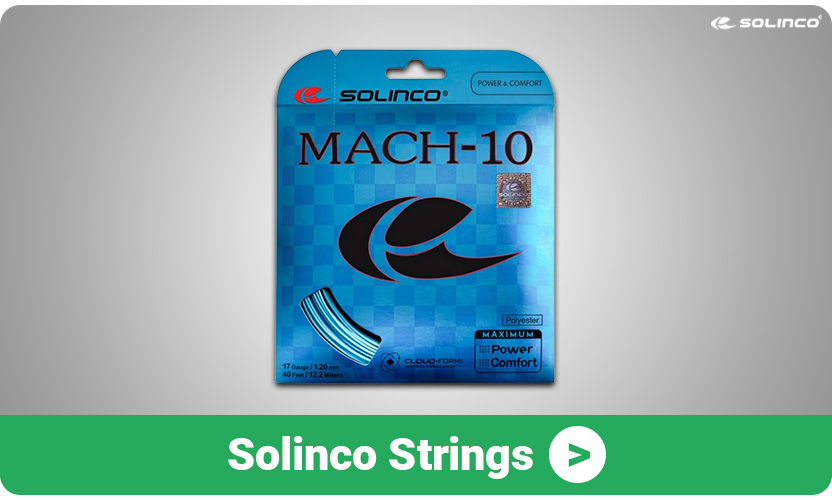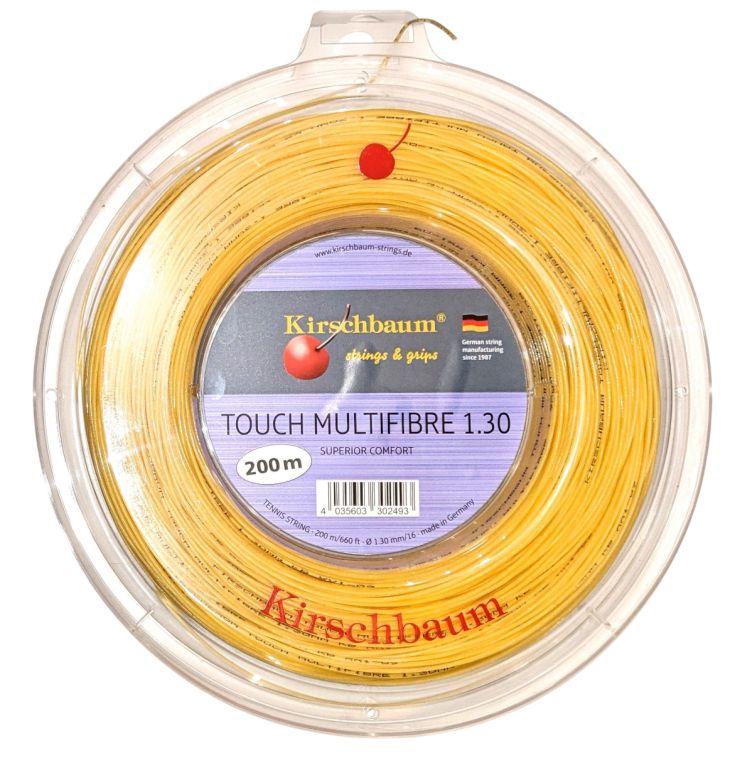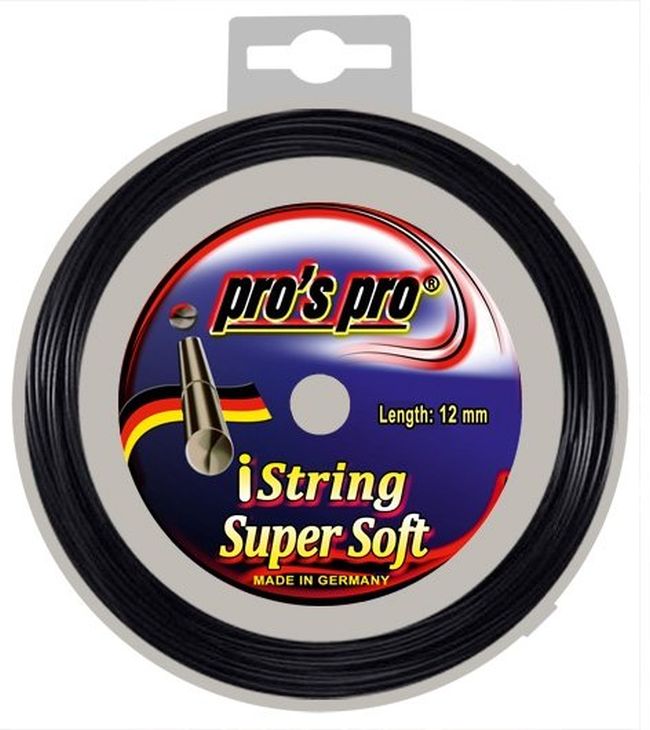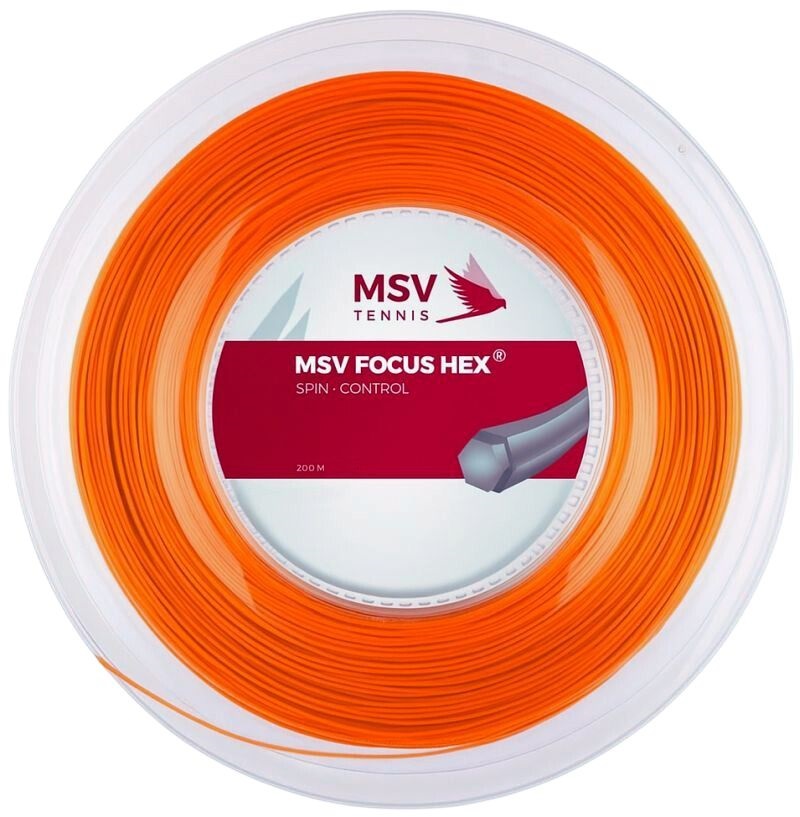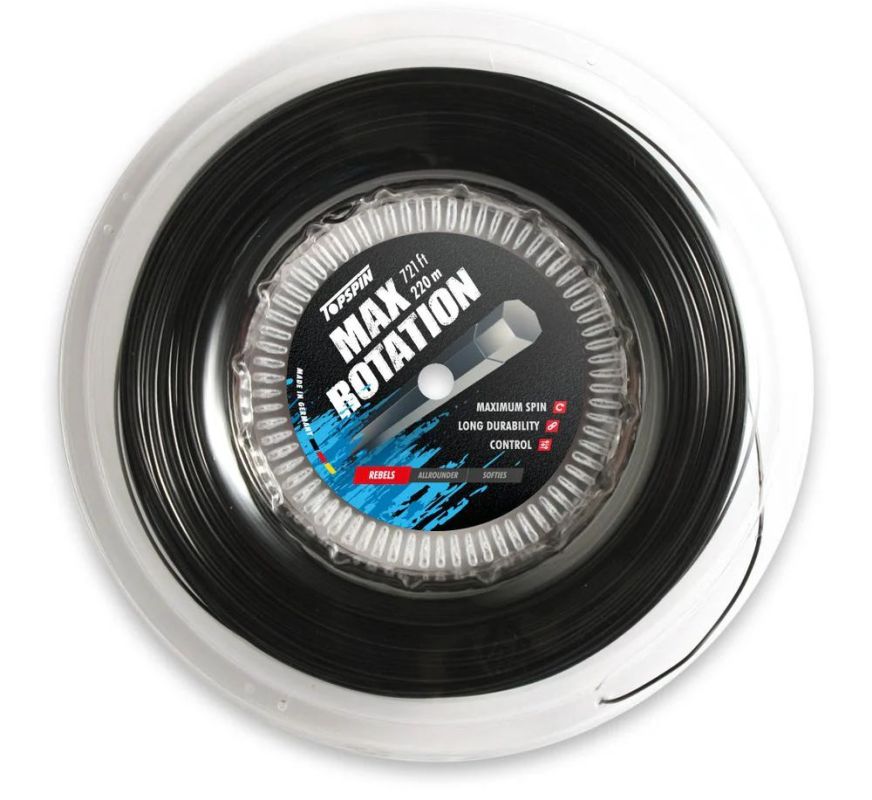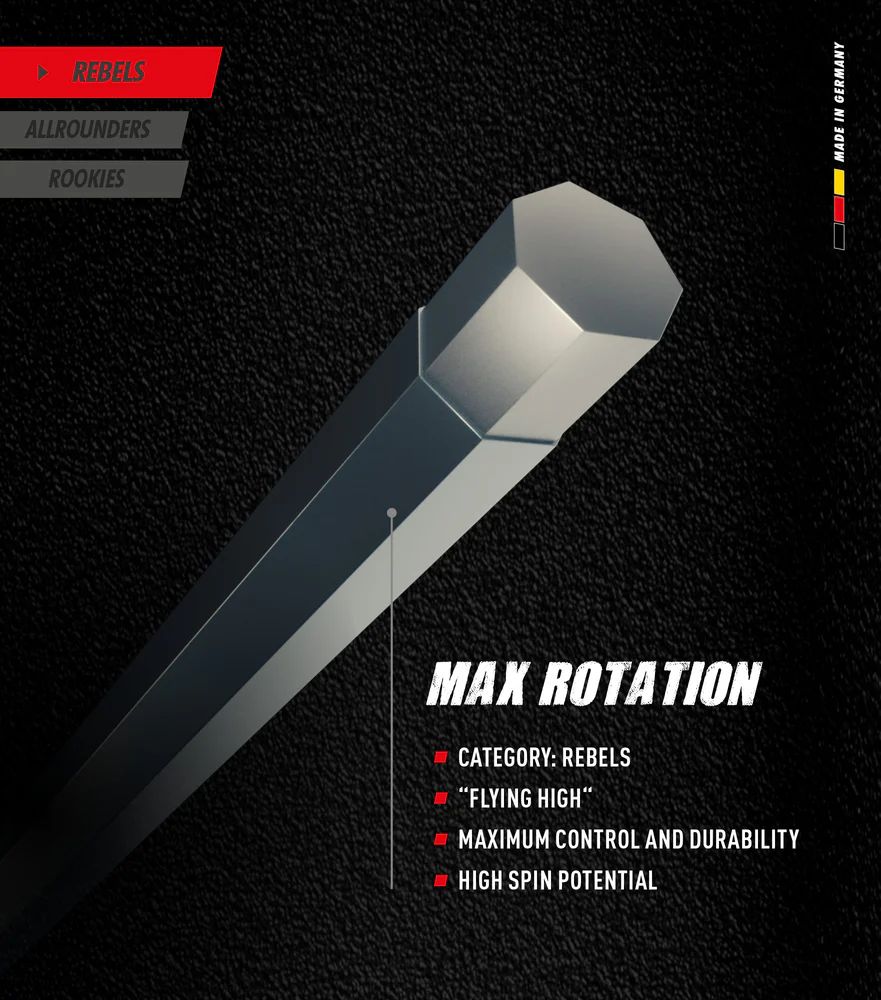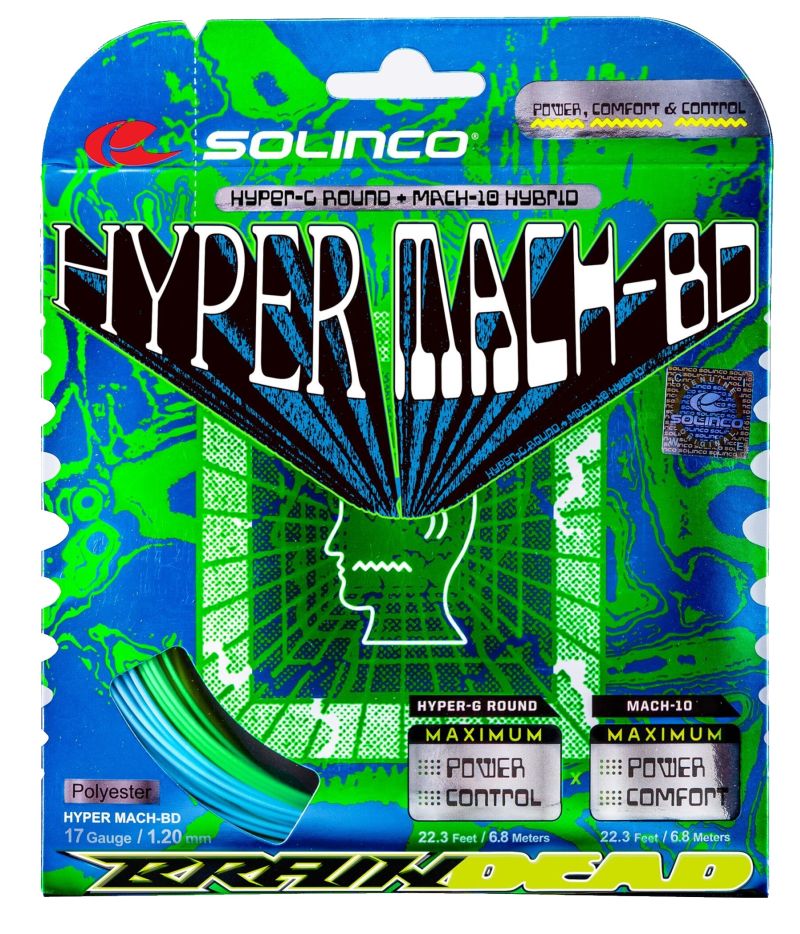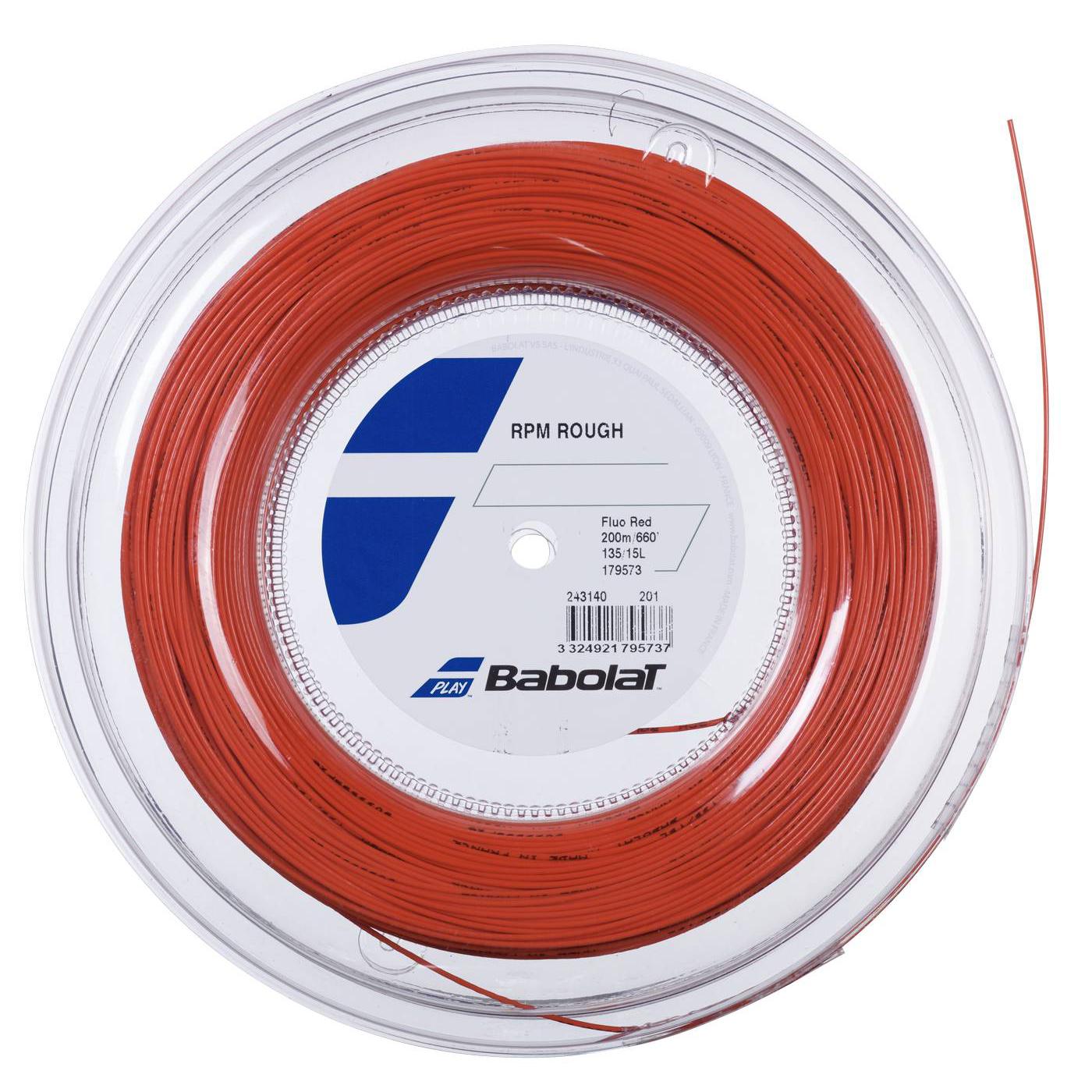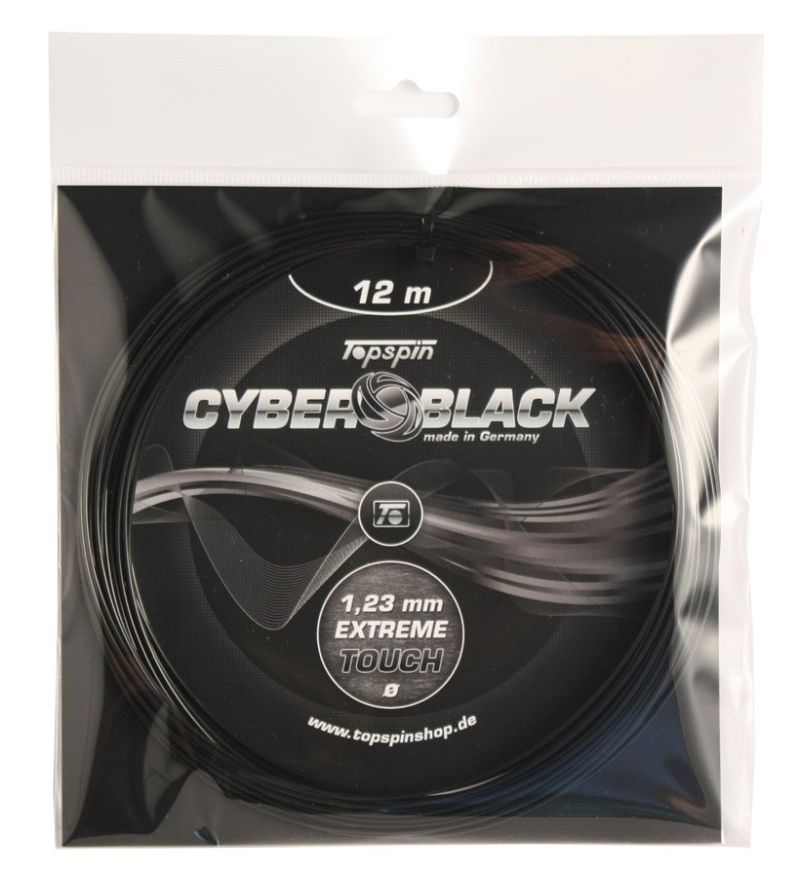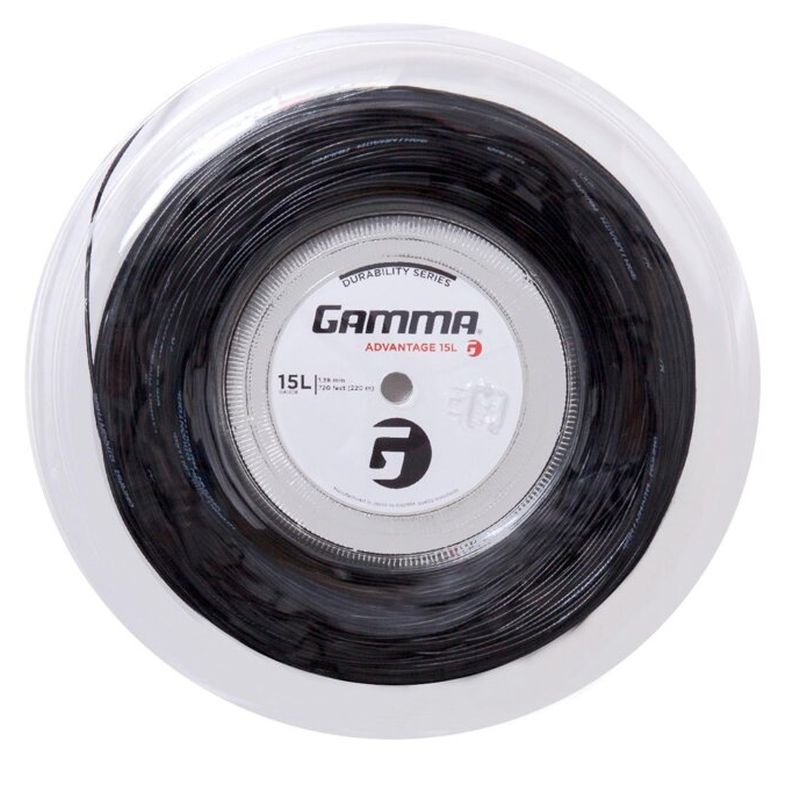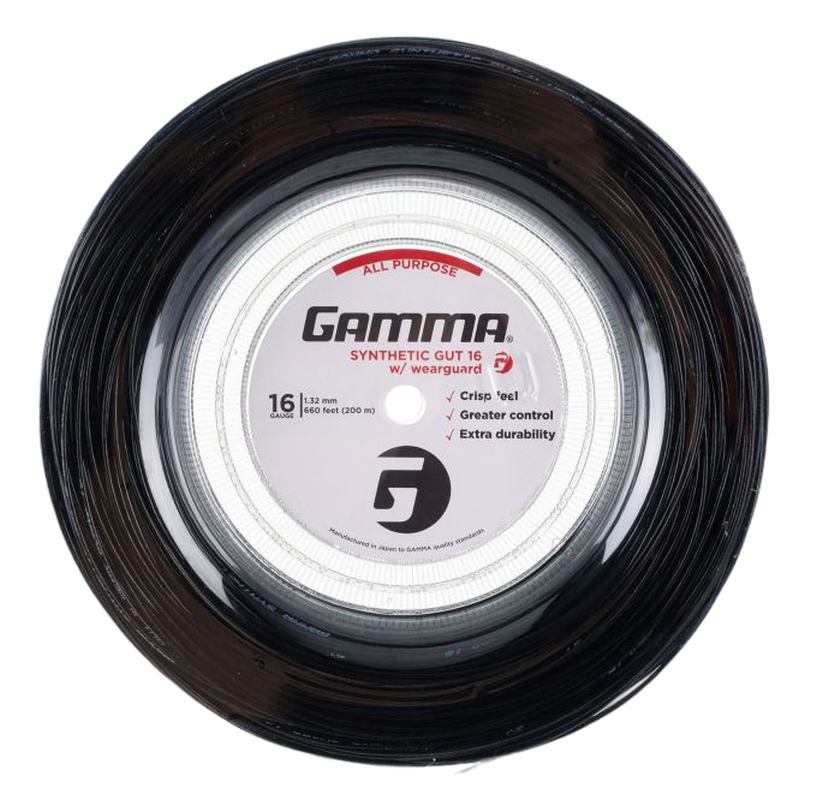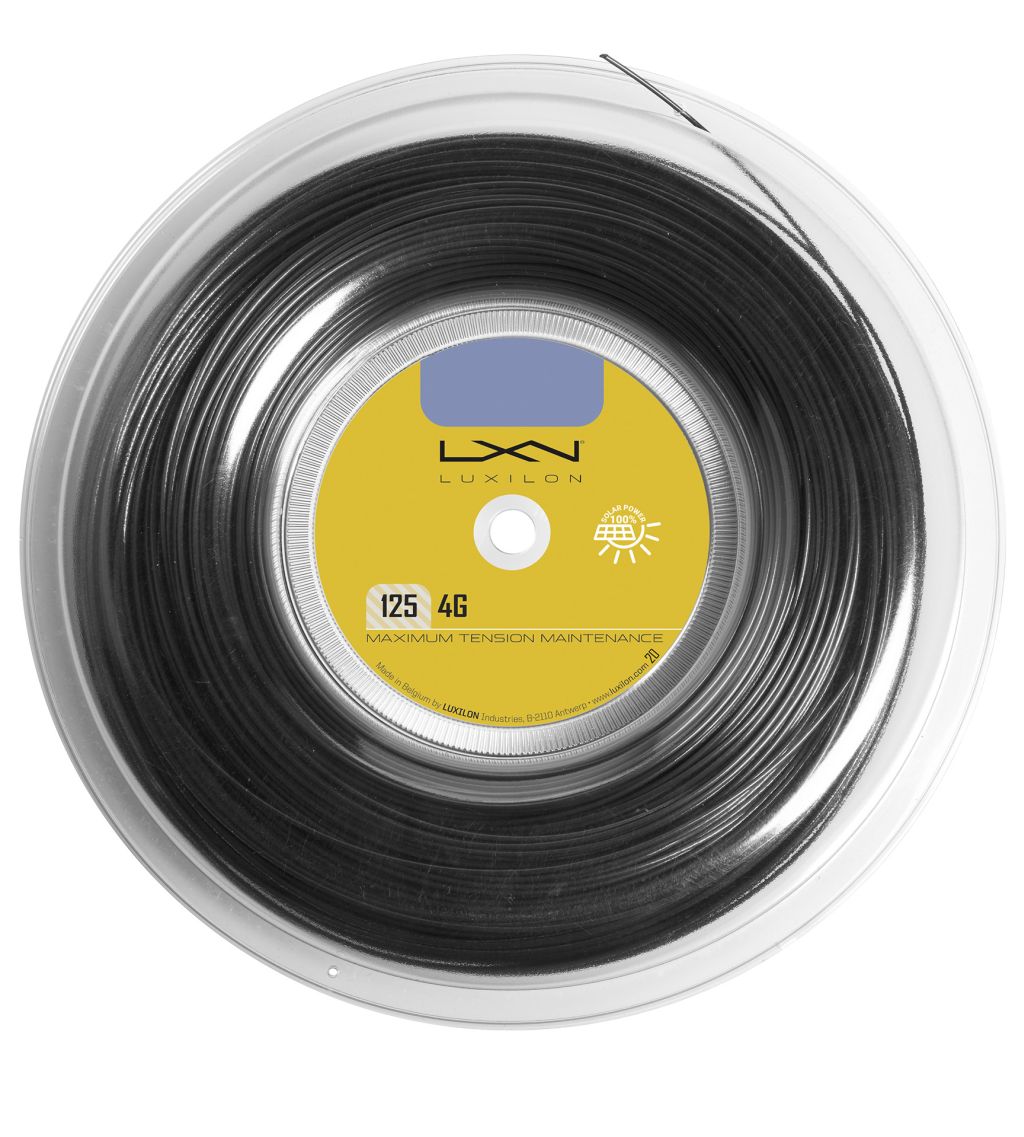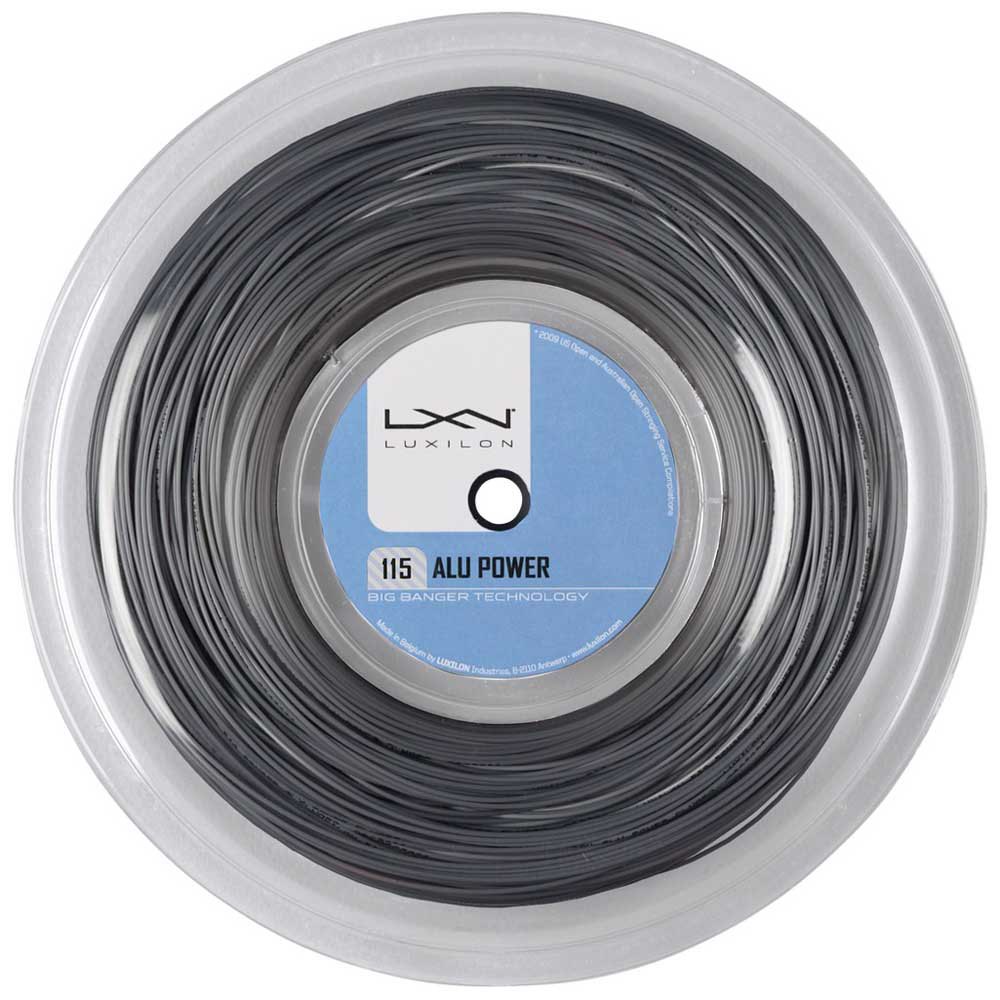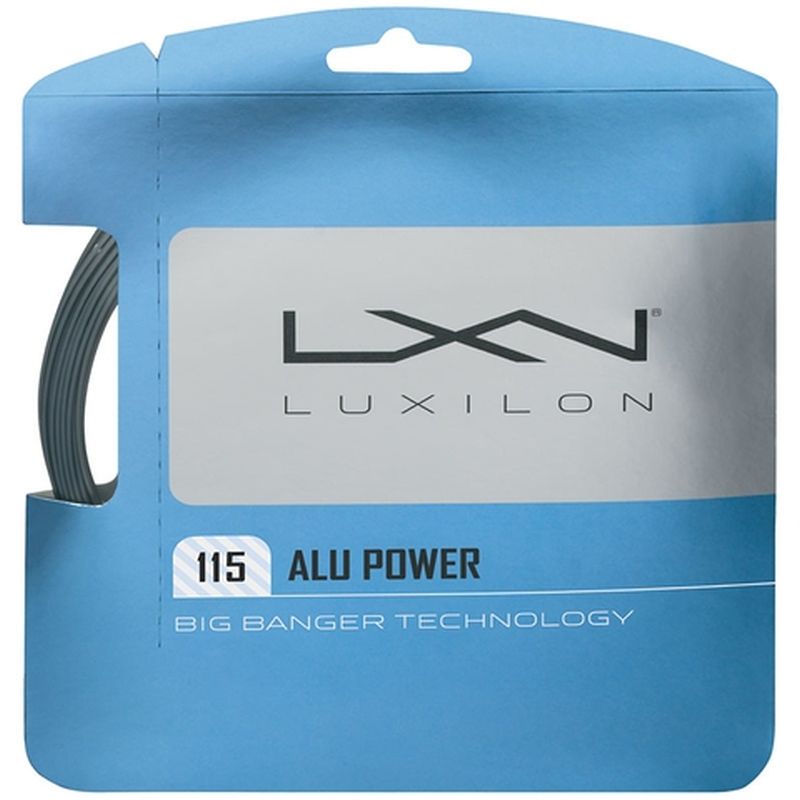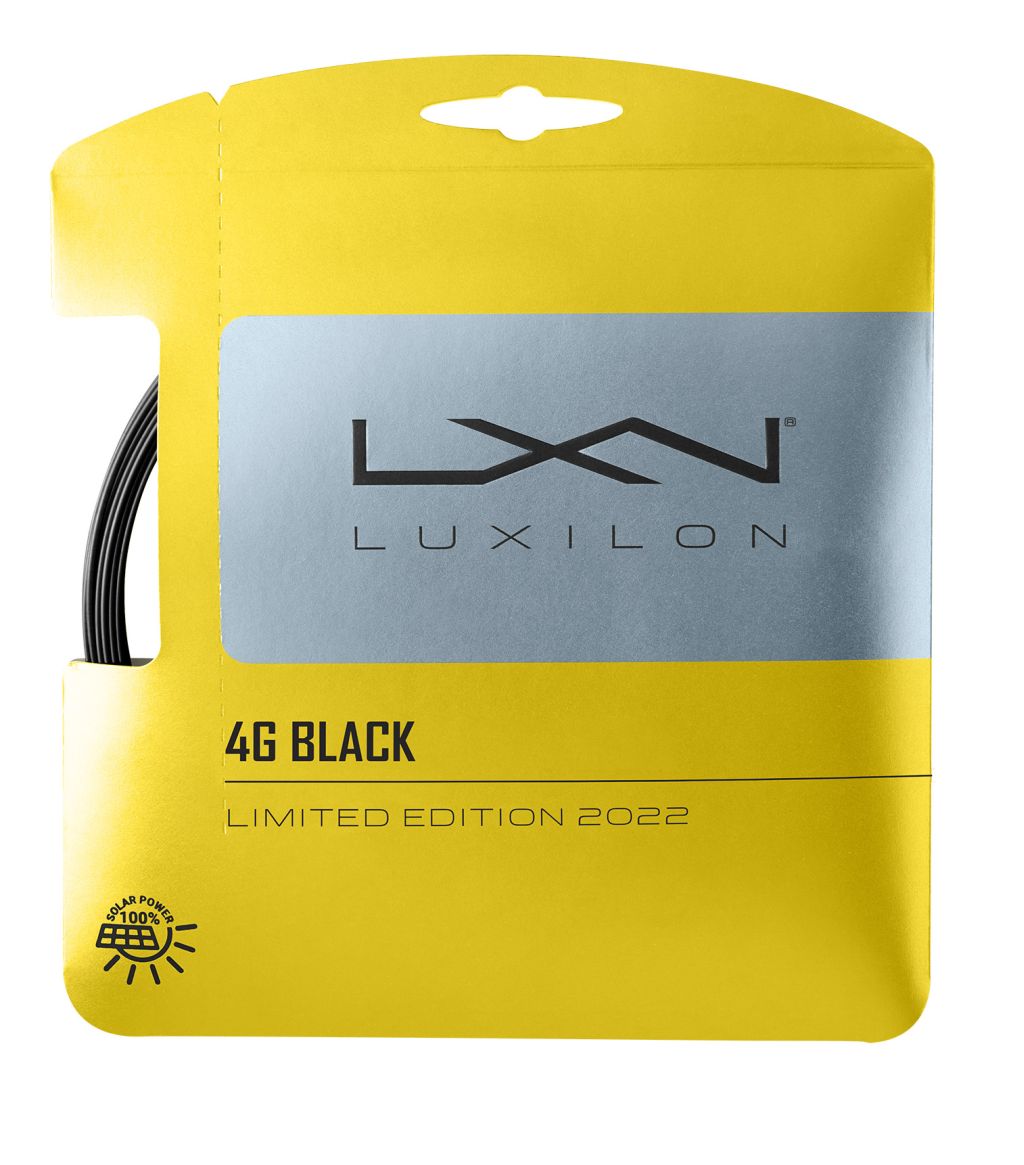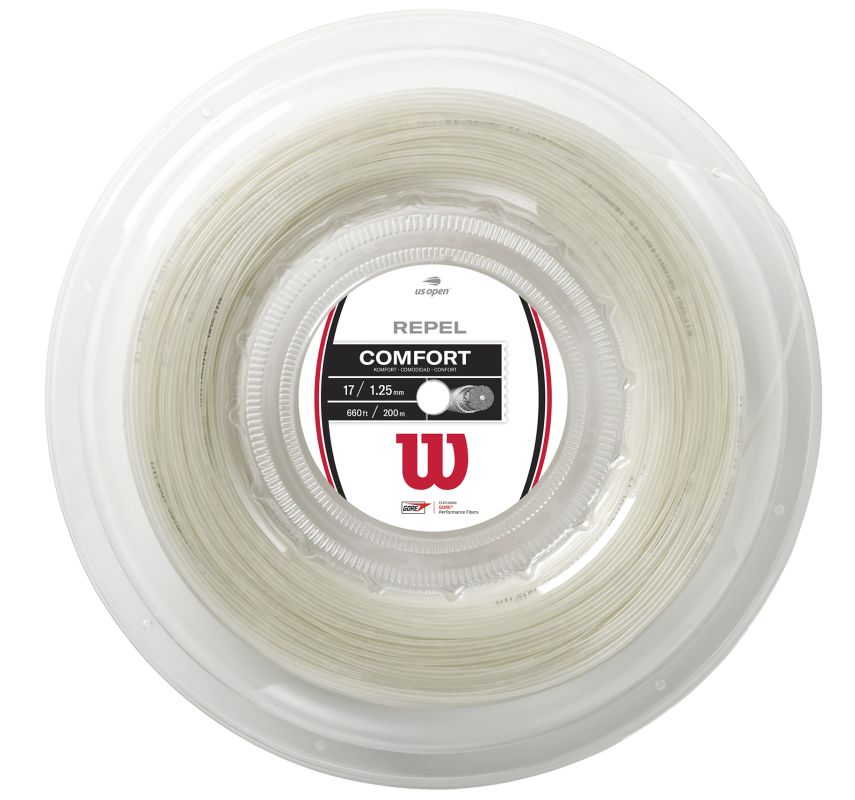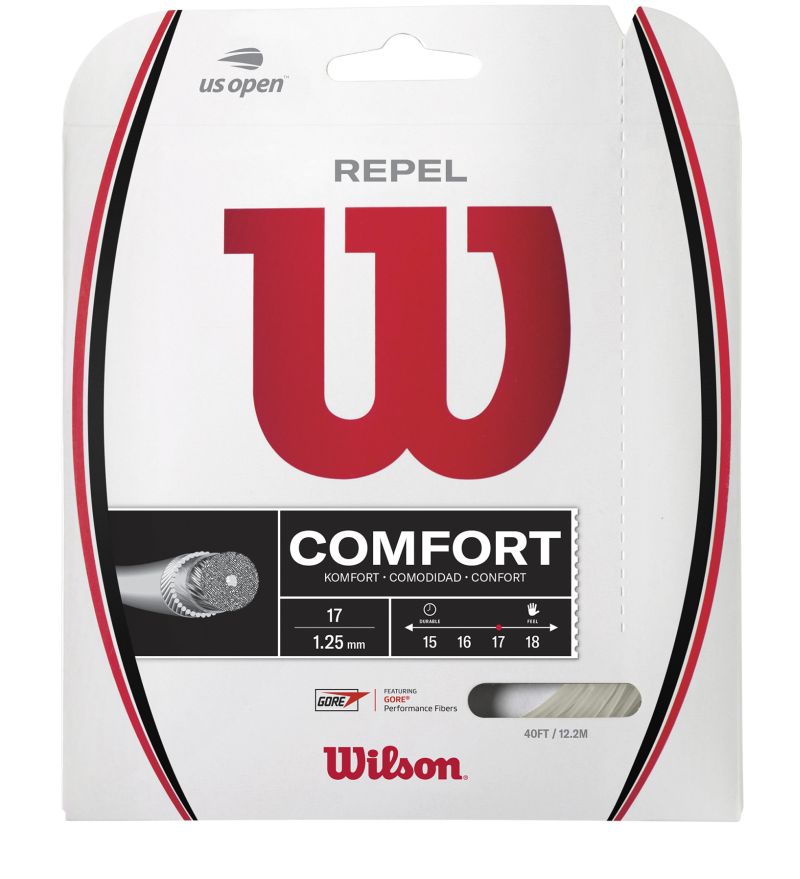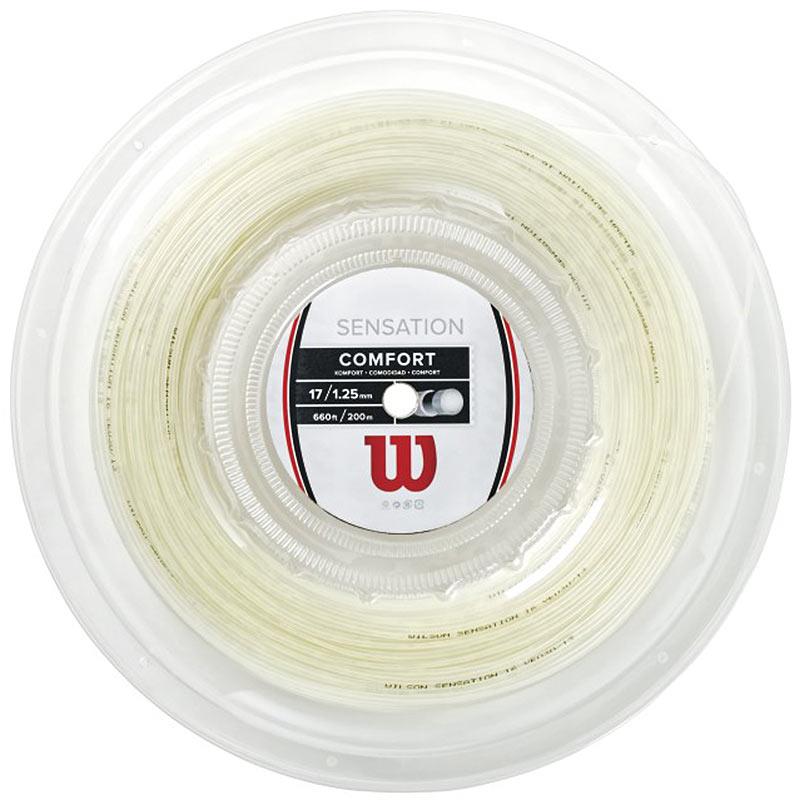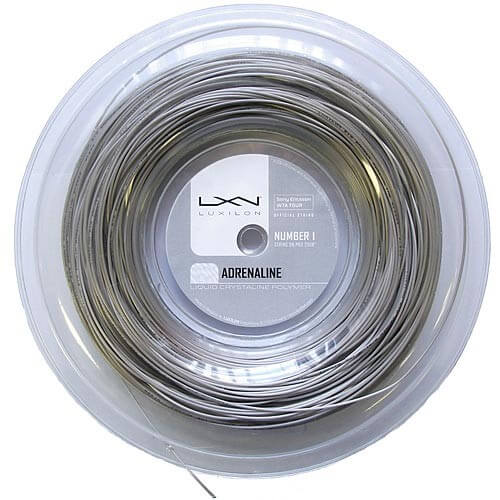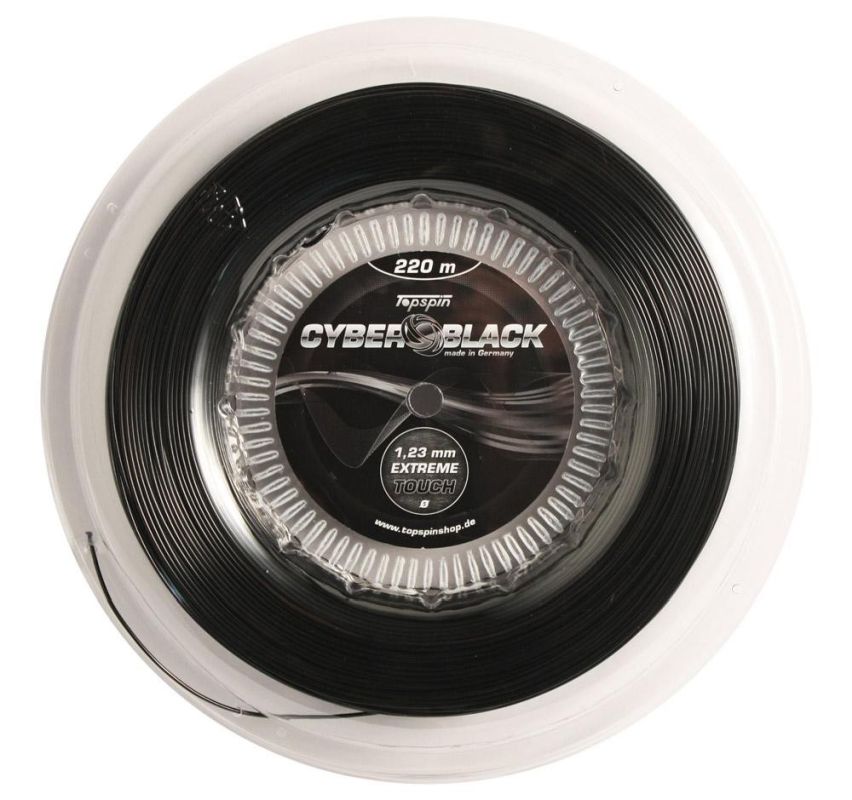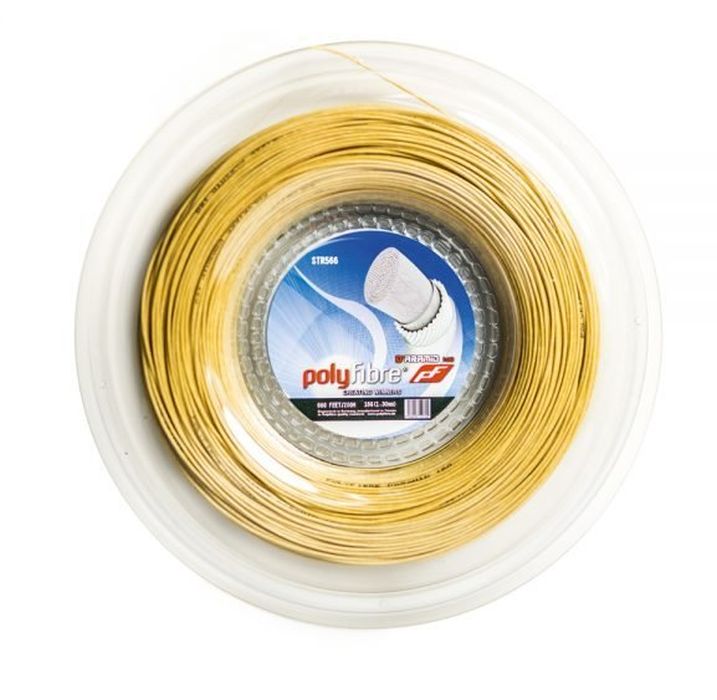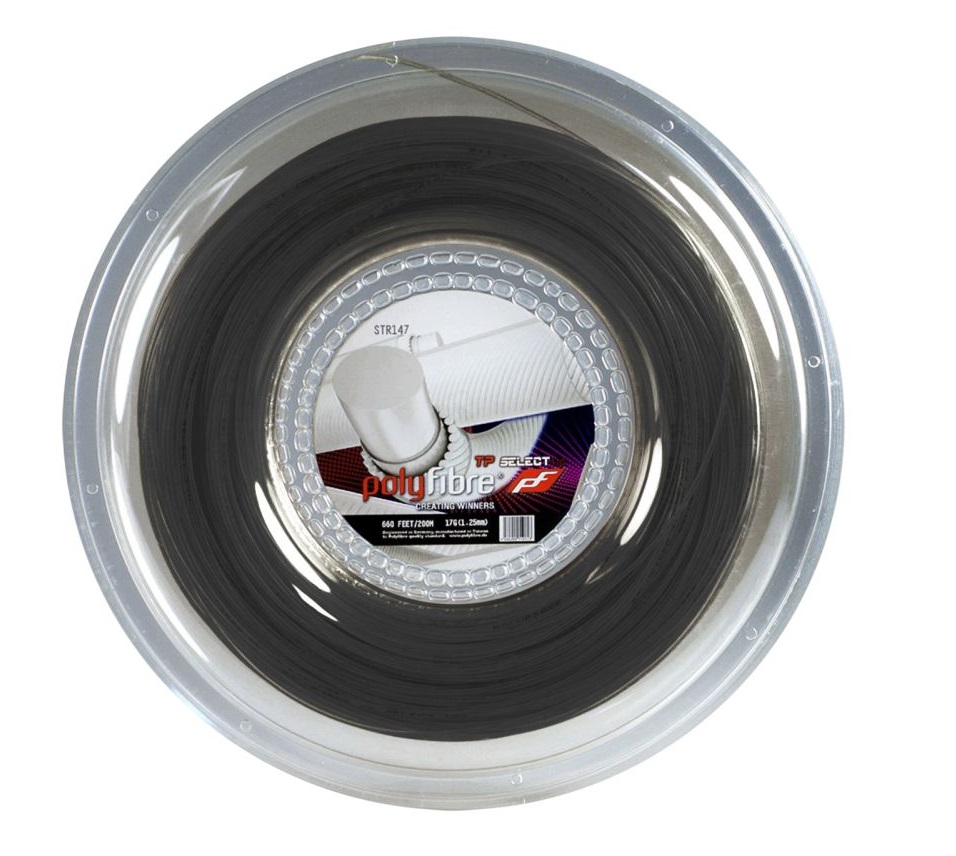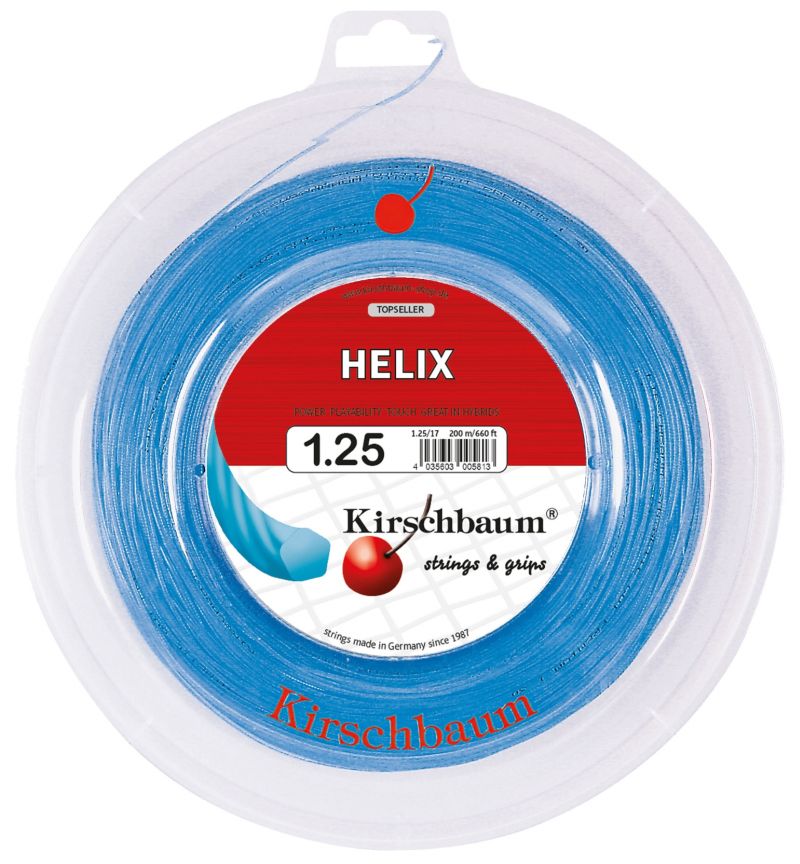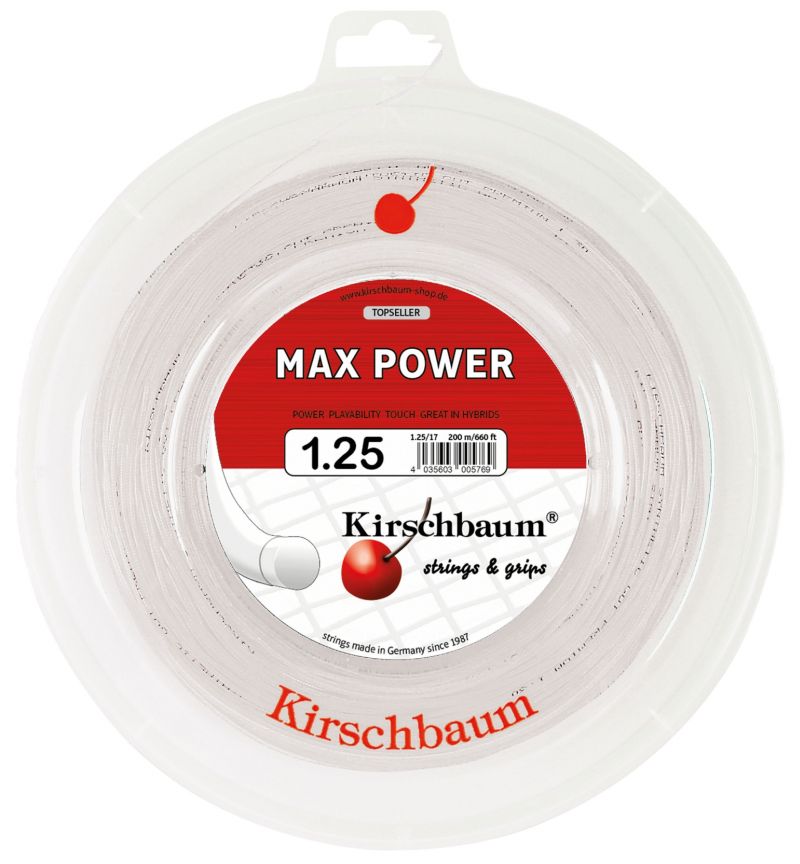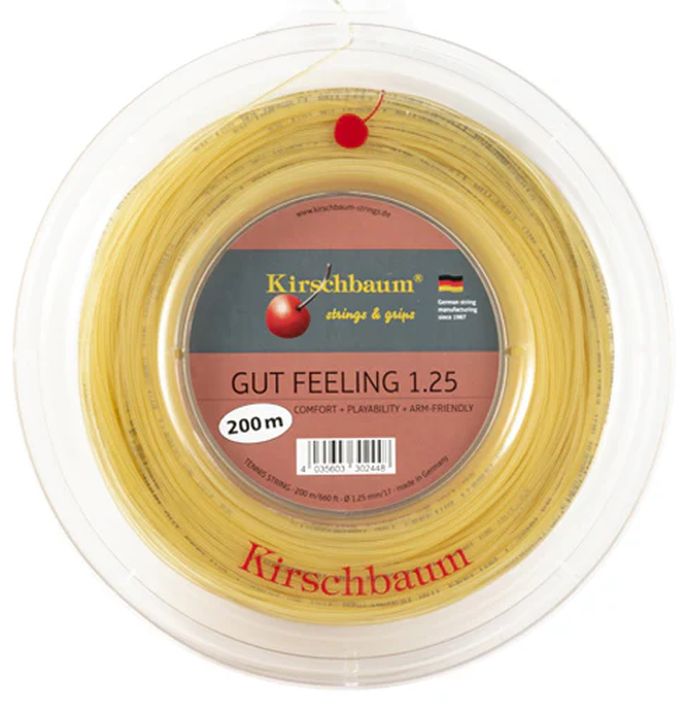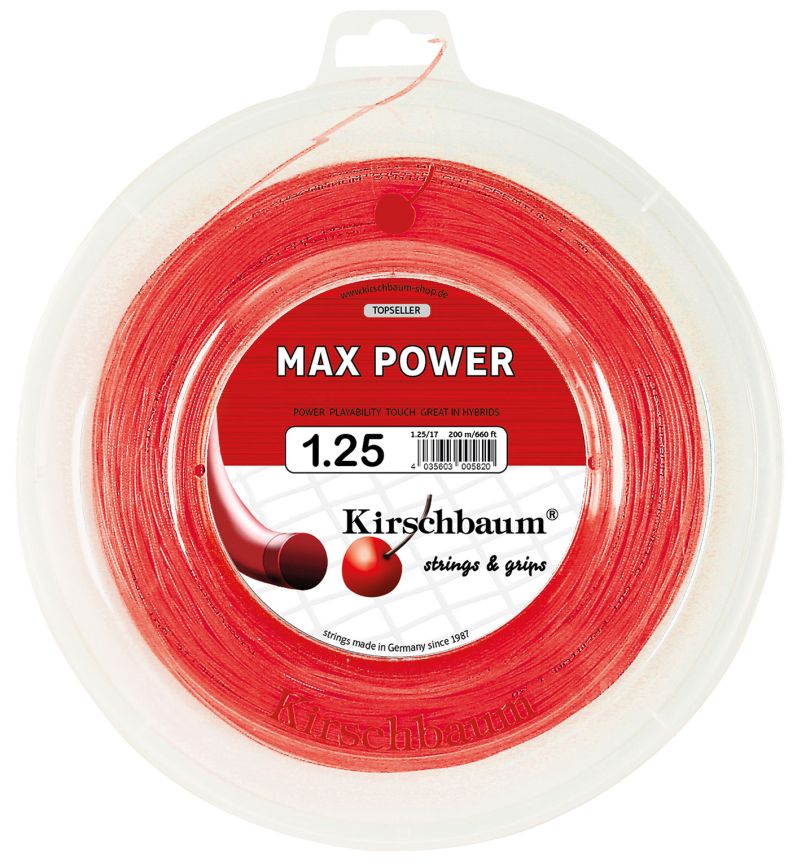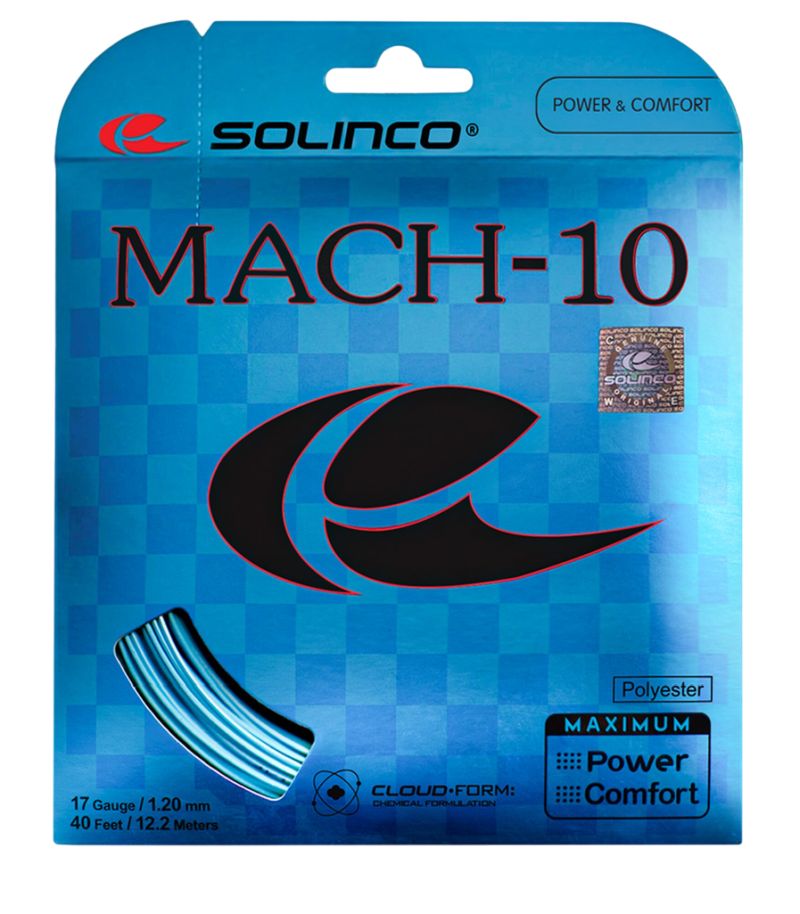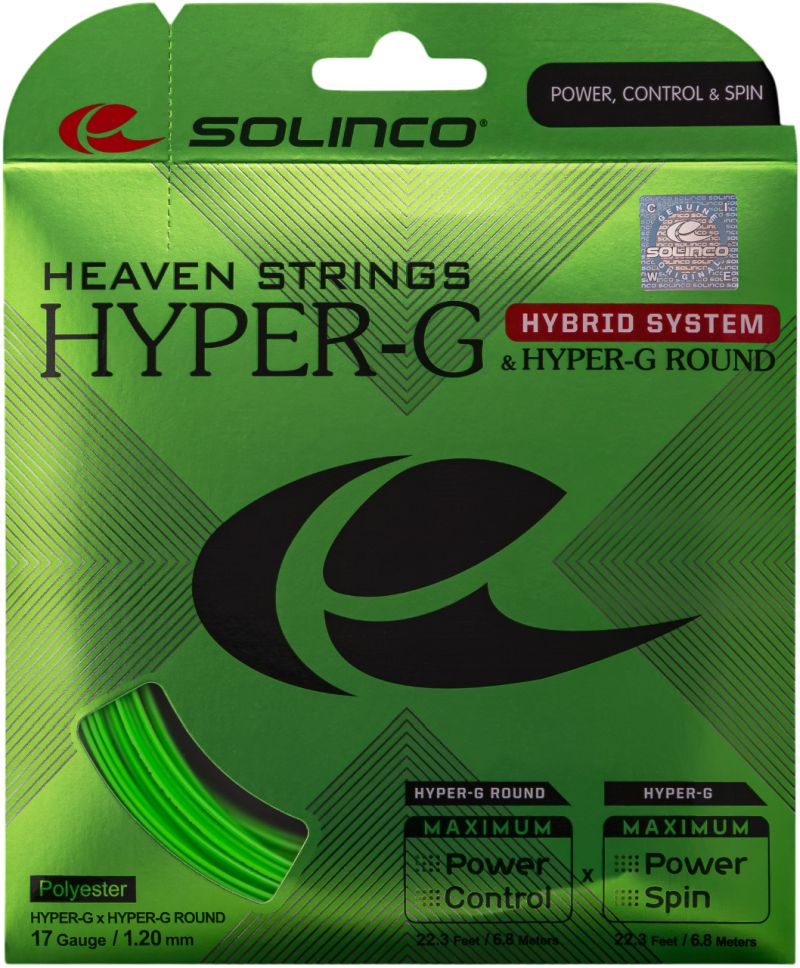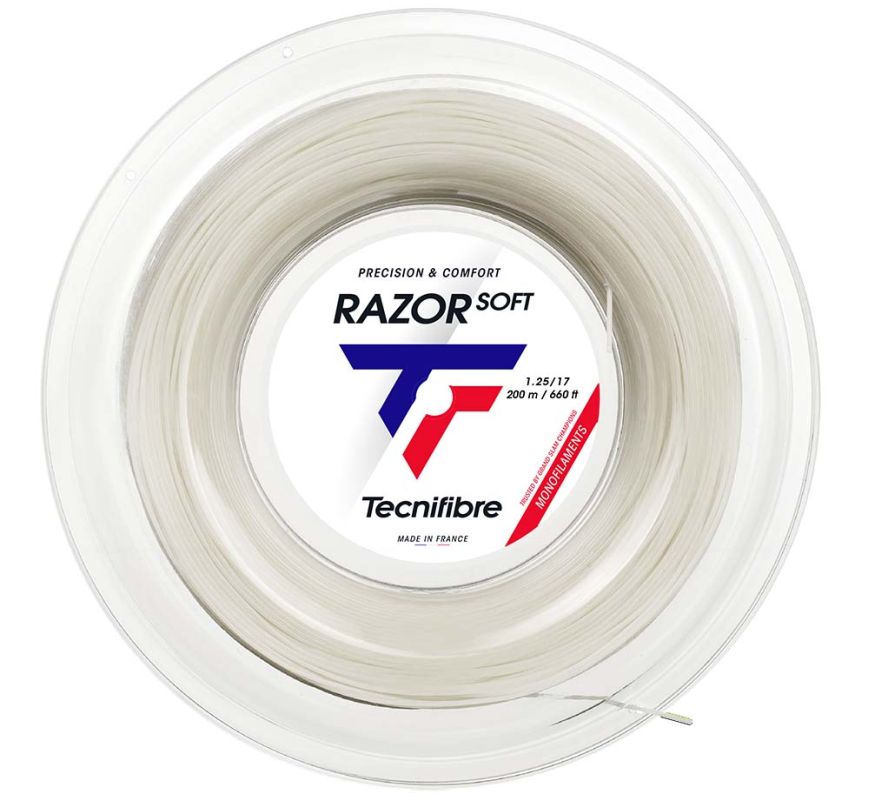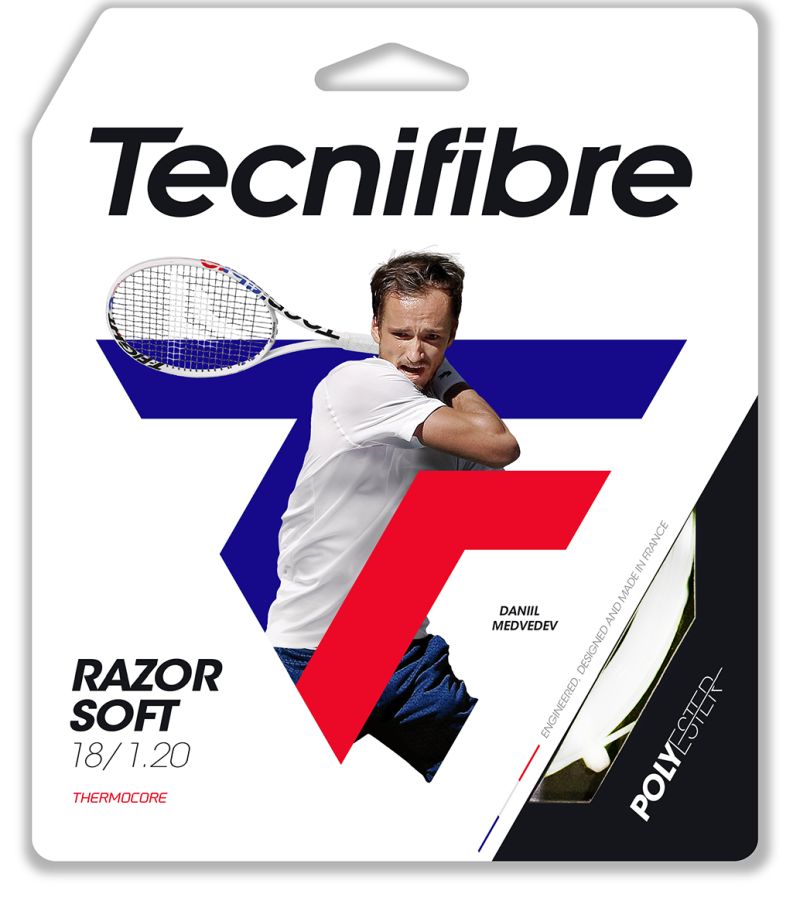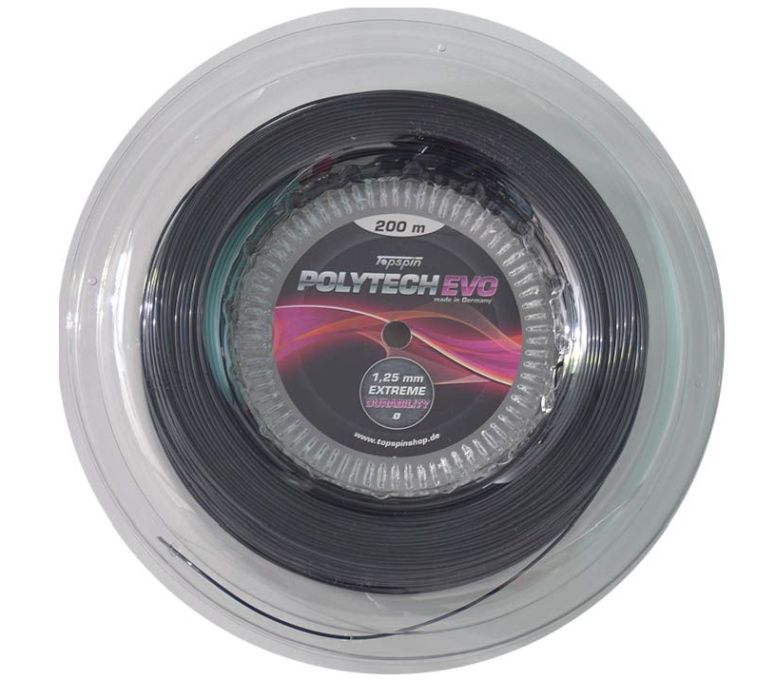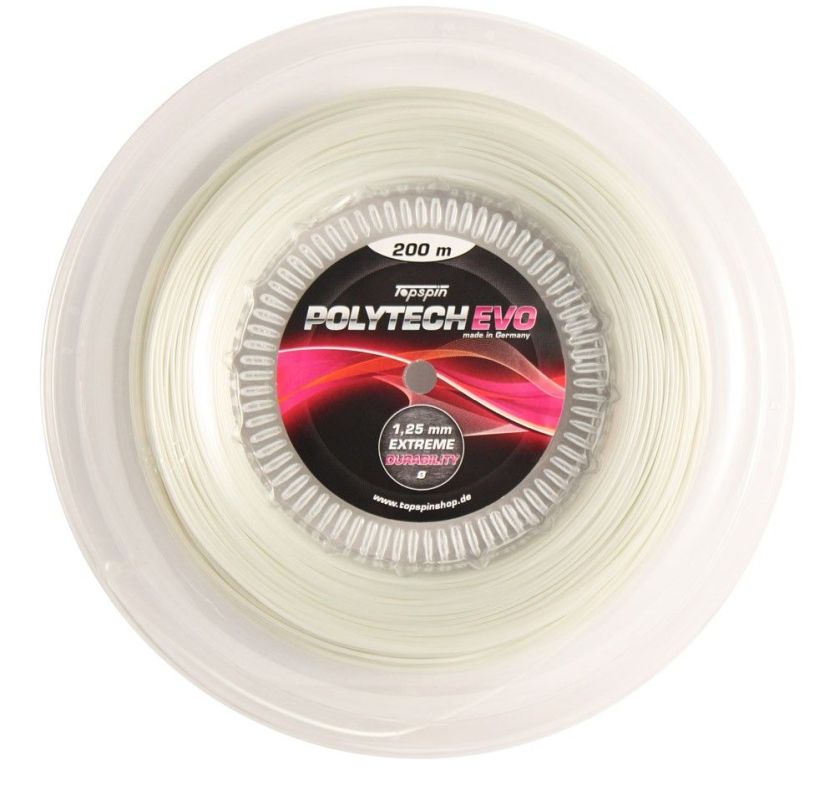Strings
Kirschbaum Touch Multifibre (200 m)
MSV Focus Hex (200 m) - orange
Topspin Max Rotation (220 m)
Babolat RPM Rough (200 m) - fluo red
Topspin Cyber Black (12m) - black
Gamma Synthetic Gut w/ WearGuard (200 m) - black
Luxilon 4G Black 125 (200 m) - black
Luxilon Big Banger Alu Power 115 (200 m) - silver
Luxilon Big Banger Alu Power 115 (12,2 m) - silver
Luxilon 4G Black 125 (12,2 m) - black
Head IntelliTour (6.5 m/5.5 m)
Yonex Poly Tour Pro Limited Edition (12 m) - yellow
Wilson Repel (200m) - natural
Wilson Repel (12,2m) - natural
Wilson Sensation (200 m)
Luxilon Adrenaline (12.2 m)
Solinco Mach-10 (200 m)
Topspin Cyber Black (220m) - black
Polyfibre D'Aramid (200 m) - natural
Kirschbaum Helix (12 m)
Kirschbaum Max. Power (12 m)
Kirschbaum Helix (200 m)
Kirschbaum Max Power (200 m)
Kirschbaum Max Power (200 m)
Solinco Mach-10 (12 m)
Solinco Hybrid System Hyper-G & Hyper-G Round (12m)
Tecnifibre Razor Soft (200 m)
Tecnifibre Razor Soft (12 m)
Topspin Poly Tech Evo (200 m)
Topspin Poly Tech Evo (200 m)
Why Choosing the Right Tennis Strings Matters
Tennis strings are the only part of your racket that comes into direct contact with the ball. While rackets get most of the attention, it's the strings that influence how each shot feels, how much control you have, and how comfortable your game is. Whether you're a beginner, a weekend player, or a competitive athlete, selecting the right tennis strings can make a real difference on court. It’s worth taking the time to find the best fit for your skill level, playing style, and physical needs.
Types of Tennis Strings Explained
The market offers several types of tennis strings, each with different materials, characteristics, and levels of durability:
– Natural Gut Strings
The highest-quality and most expensive option. Known for exceptional comfort, feel, and control. Favored by professional players.
– Multifilament Strings
Soft and elastic, offering excellent shock absorption. Ideal for beginners or players with arm or shoulder issues.
– Polyester and Co-Poly Strings
Durable and control-oriented, these strings generate more spin but require proper technique. Best for advanced or high-level players.
– Synthetic Gut Strings
An affordable all-around choice, offering solid performance across power, control, and comfort. Great for recreational players and teens.
– Hybrid Strings
Combine two types of strings (e.g., polyester mains and multifilament crosses) to balance durability, control, and feel. Popular among competitive players.
Which Strings Suit Which Players
Beginners
Go for synthetic or multifilament strings. They provide comfort, reduce shock, and help you develop technique safely.
Kids and Juniors
Choose lightweight strings that offer good power without stressing the arm. Multifilament or synthetic gut are both excellent options.
Intermediate and Club Players
Polyester or hybrid strings offer more control, spin, and durability. They're ideal if you have consistent stroke mechanics.
Tournament and Competitive Players
Most professionals opt for hybrid or natural gut strings, maximizing feel, responsiveness, and match-specific performance.
What Else to Consider When Choosing Strings
String Tension
– Lower tension (around 22 kg / 48 lbs):more power, less control – suited for casual players
– Higher tension (around 27 kg / 60 lbs):more control, less comfort – for advanced users
– Recommended range:22–26 kg (48–57 lbs) – test different tensions to find your sweet spot
String Gauge (Thickness)
– Thin strings (1.20–1.25 mm):better feel and spin, but lower durability
– Thicker strings (1.30–1.35 mm):more durable, slightly less sensitive
Thicker strings are a smart pick for beginners and children. Advanced players often prefer thinner strings for enhanced touch and precision.
When to Replace Your Tennis Strings
Even if your strings don’t break, they lose tension and playability over time. Here are general guidelines:
– Competitive players:after every tournament or every 10–15 hours of play
– Recreational players (1–2x/week):every 2–3 months
– Occasional players:at least once per season
If you start losing feel, control, or comfort, it’s time to restring your racket.
How to Match Strings to Your Playing Style
– Like to hit with spin?Choose textured polyester strings.
– Need more power?Try a multifilament string with lower tension.
– Looking for precision?Go with a hybrid setup or thin polyester.
– Suffer from wrist or elbow pain?Avoid stiff strings – opt for softer synthetics or multifilaments.
Conclusion: Find the Strings That Work for You
Tennis strings aren’t just an accessory – they’re a crucial performance tool. In our collection, you’ll find:
– single sets – great for testing or occasional play
– string reels – ideal for regular players, coaches, and stringers

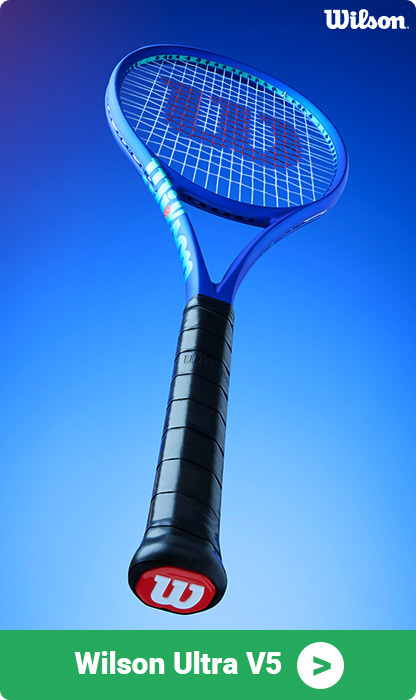

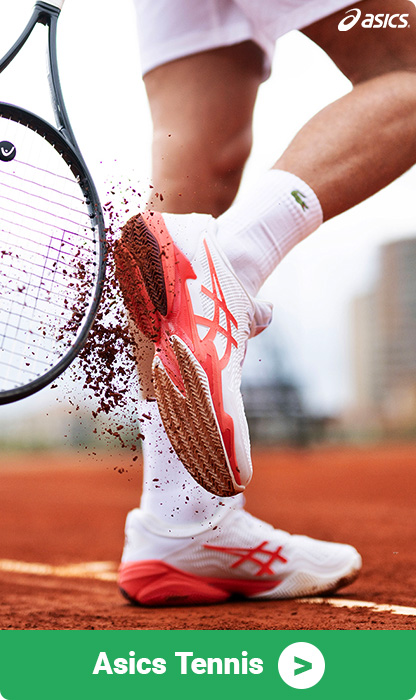
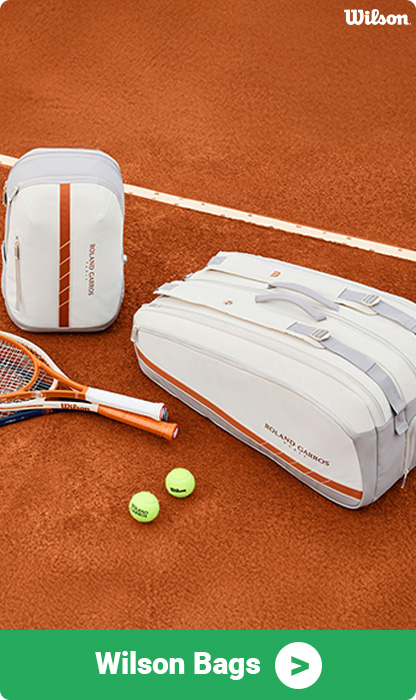
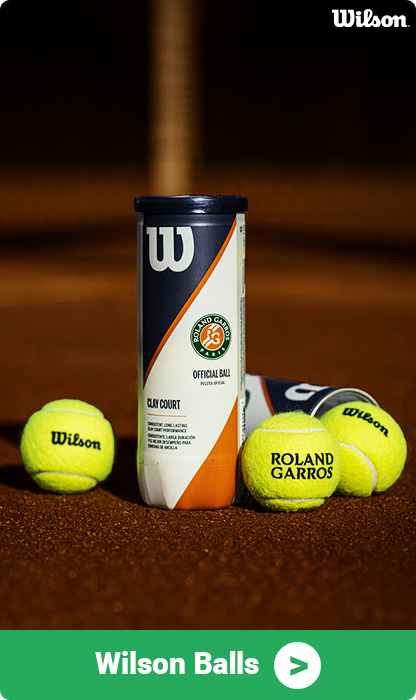
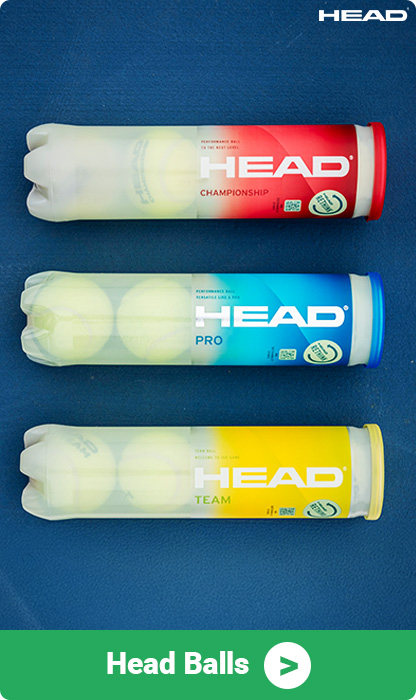
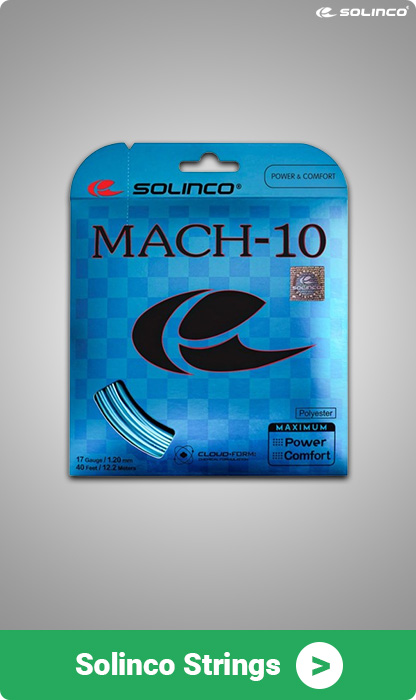
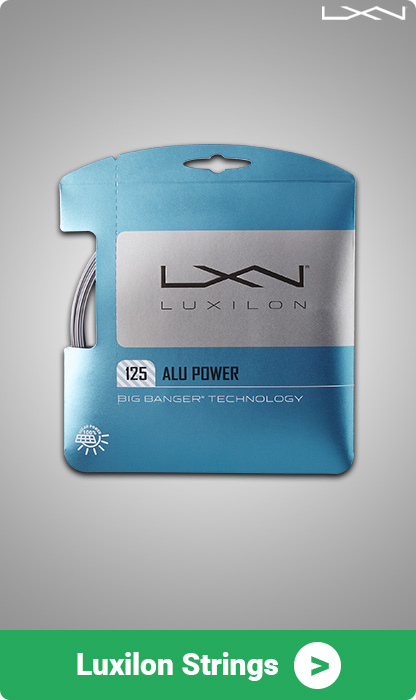
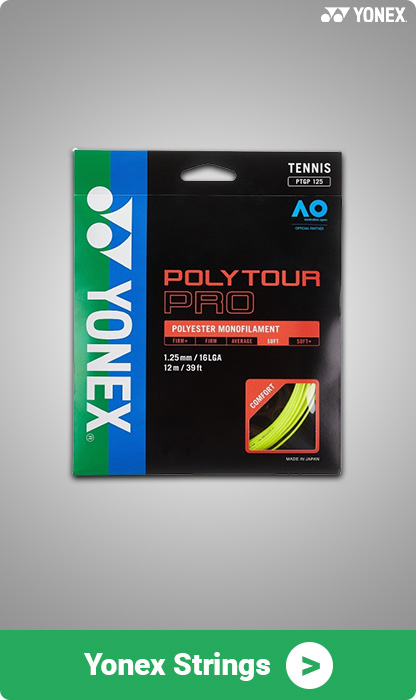













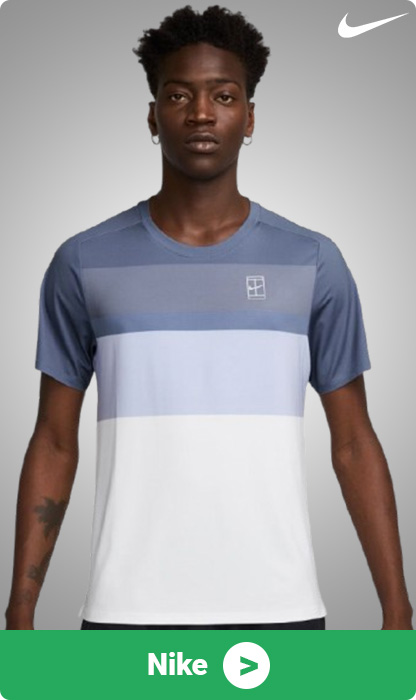

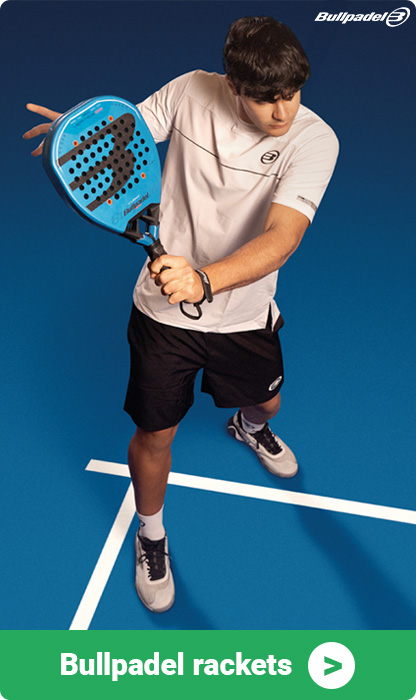
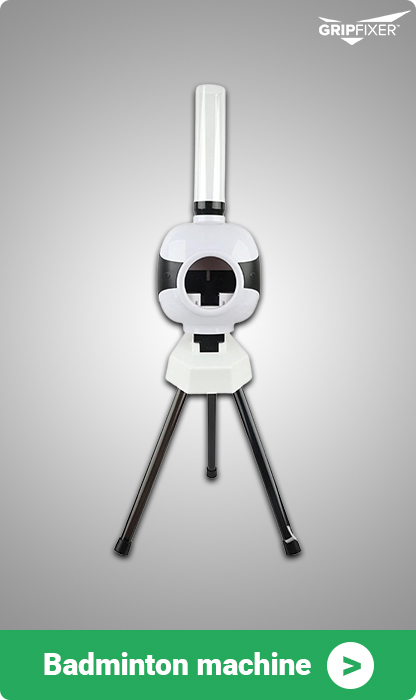

 tennis-zone.eu
tennis-zone.eu 